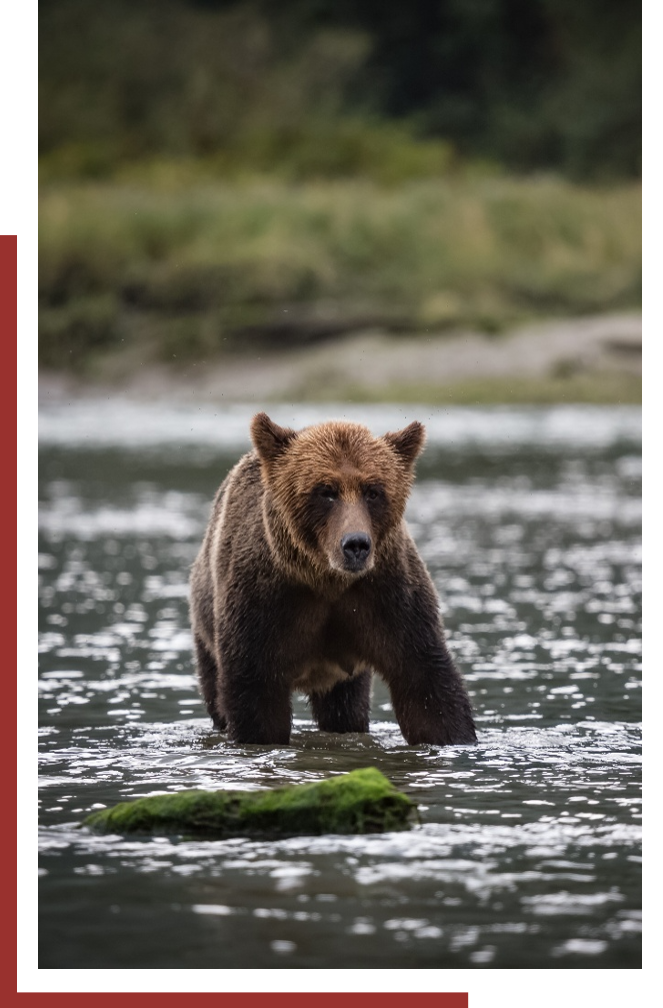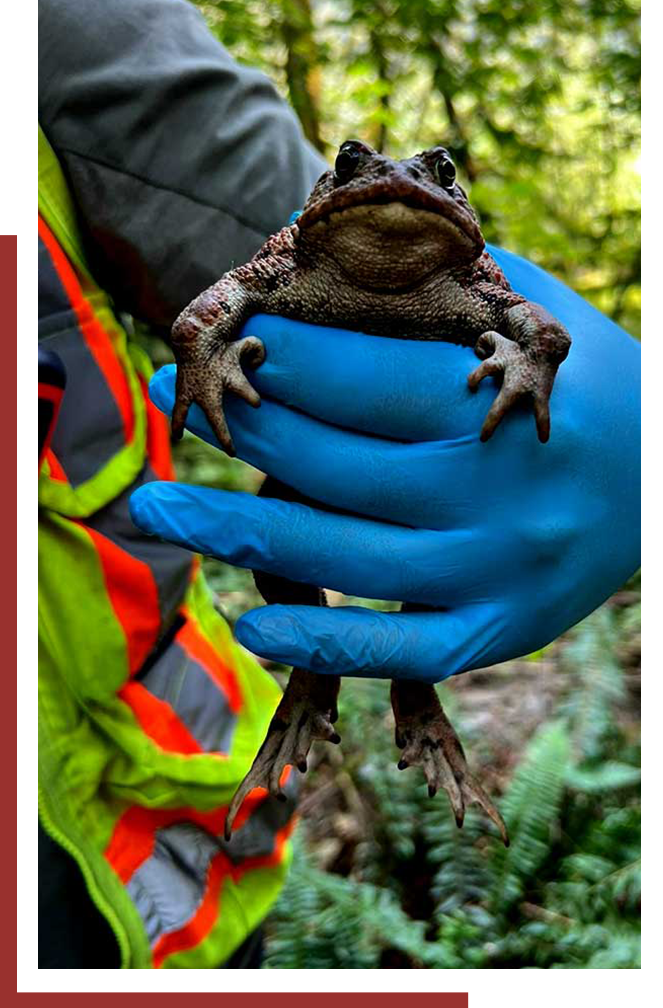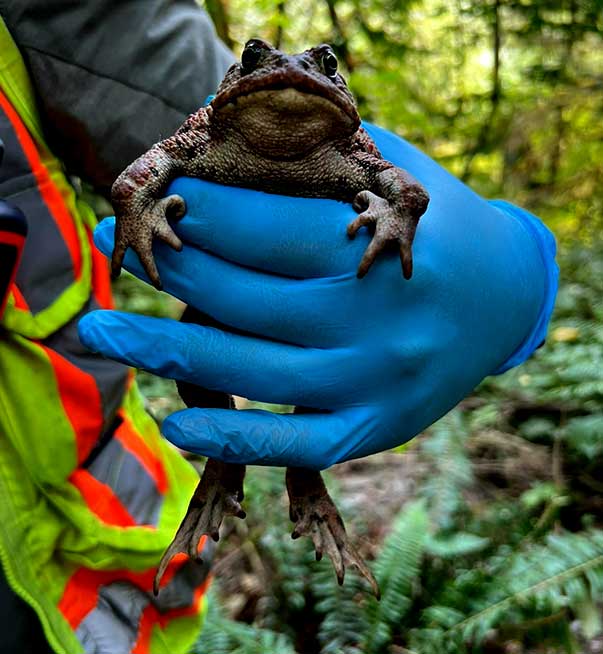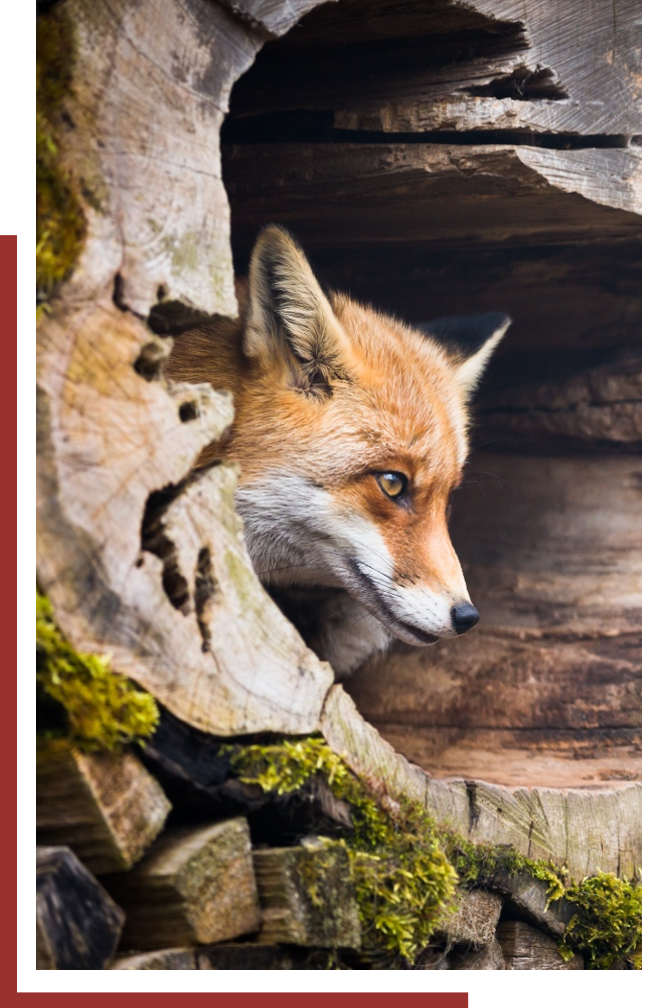Our wildlife services range from surveys to permitting under the BC Wildlife Act, and we’re committed to balancing the needs of wildlife with human activities and development.


AEW Wildlife
AEW Wildlife
AEW Wildlife
Wildlife Management Plans
Wildlife management plans are strategic documents that outline the goals, objectives, and strategies for managing and conserving wildlife populations within a specific region or ecosystem. These plans consider factors such as population dynamics, habitat protection, hunting and trapping regulations, and species at risk conservation. They are crucial for balancing the needs of wildlife with human activities and development.
AEW Wildlife
AEW Wildlife
AEW Wildlife
Permitting under the BC Wildlife Act
Under the BC Wildlife Act, individuals or organizations may need permits for activities that involve wildlife, such as hunting, trapping, wildlife rehabilitation, or scientific research on wildlife. The permitting process ensures that these activities are carried out legally and in accordance with wildlife conservation and management objectives.




AEW Wildlife
AEW Wildlife
AEW Wildlife
Wildlife Salvage
Wildlife salvage refers to the humane and legal collection and relocation of wildlife. It is often performed to ensure biodiversity is maintained and to conserve listed species under the Federal Species at Risk Act in areas of disturbance. Salvages may be done at regular intervals or as specified by permits and/or policies on a variety of projects.
AEW Wildlife
AEW Wildlife
AEW Wildlife
Wildlife Surveying
Wildlife surveys involve systematic data collection to assess the distribution, abundance, behaviour, and health of wildlife species. Various survey techniques, such as camera traps and field observations are used to monitor wildlife populations and their habitats. Survey data is crucial for understanding population trends and making informed conservation decisions.




AEW Wildlife
AEW Wildlife
AEW Wildlife
Habitat Assessments
Wildlife habitat assessments are evaluations of specific areas to determine their suitability as habitat for various wildlife species. These assessments consider factors like vegetation type, food availability, water sources, and shelter. They help identify key habitat areas that need protection or restoration and inform land use planning decisions to minimize impacts on wildlife.
